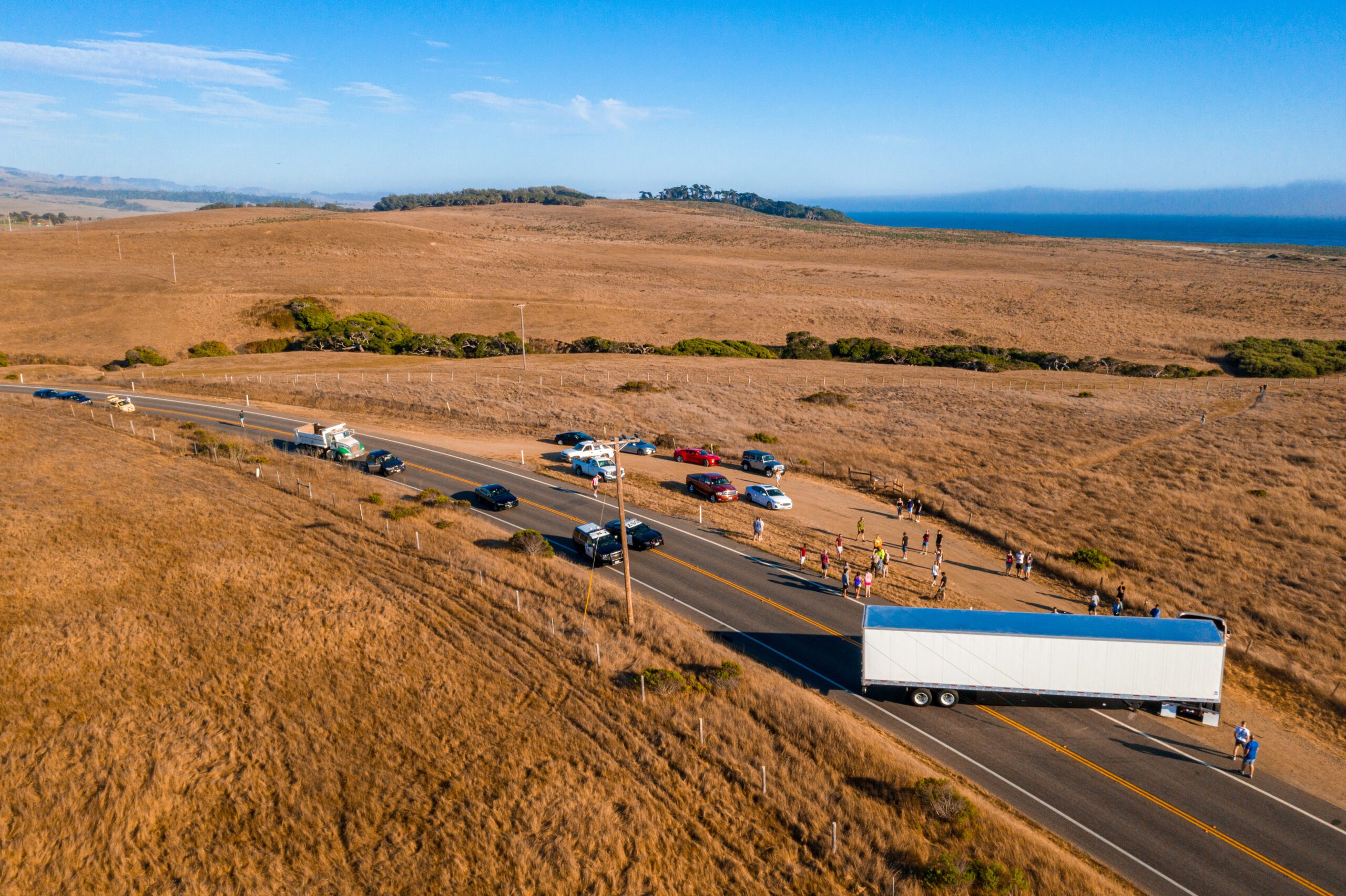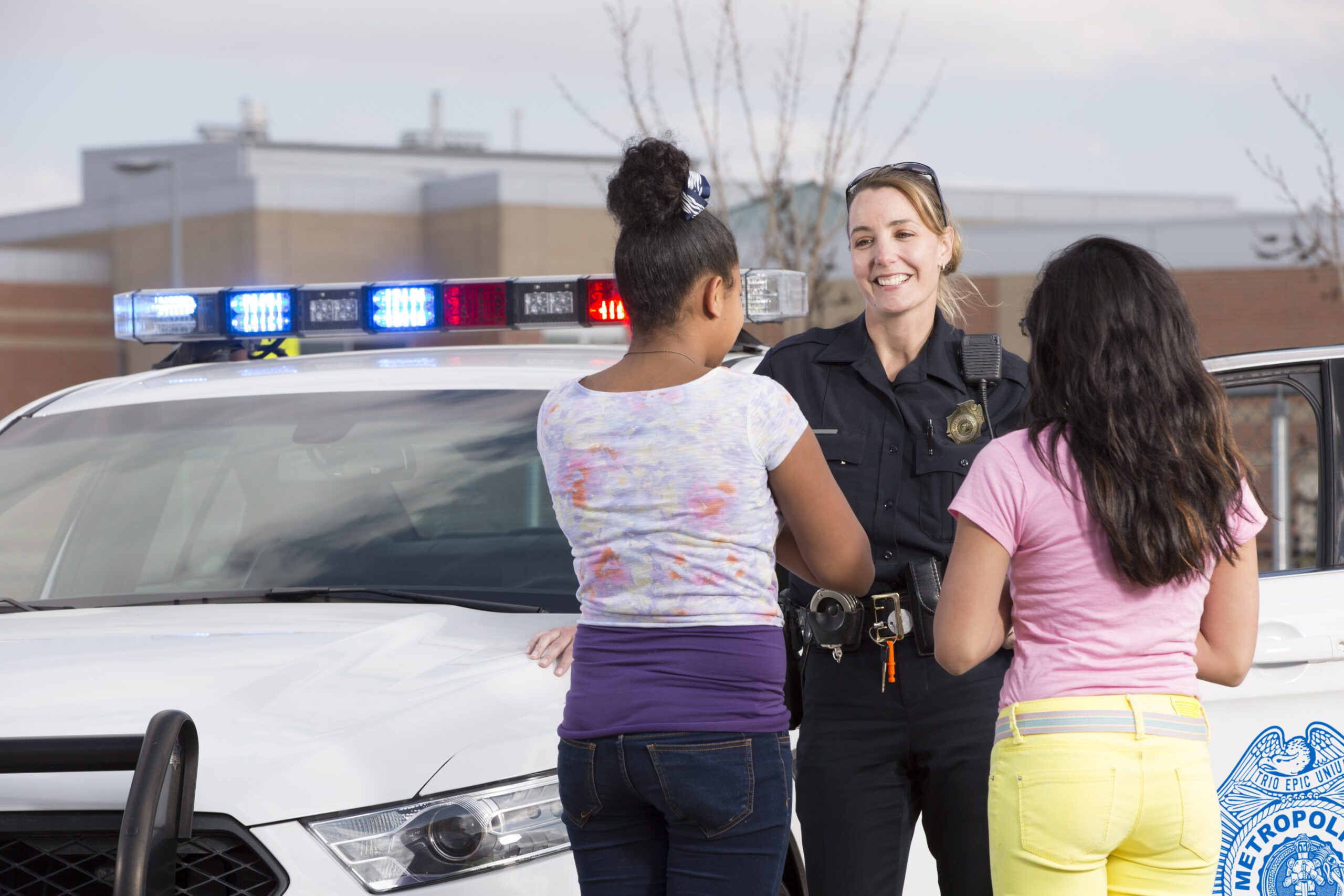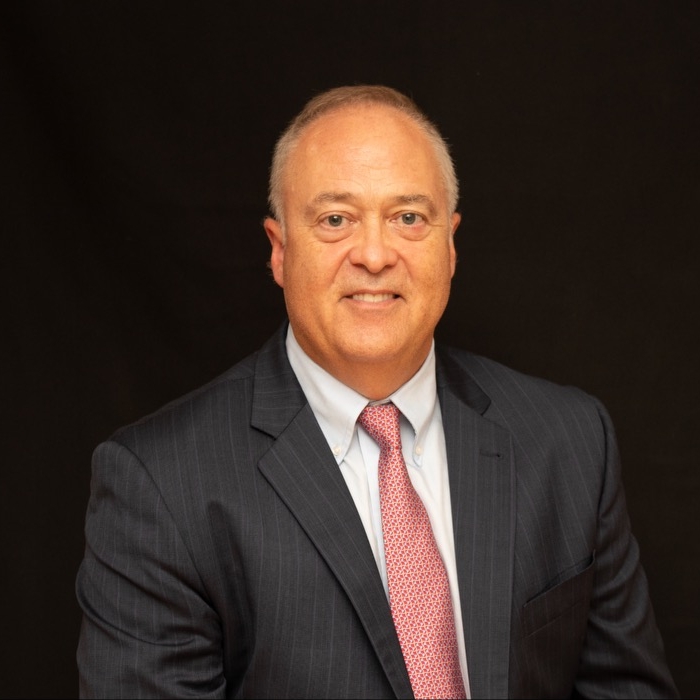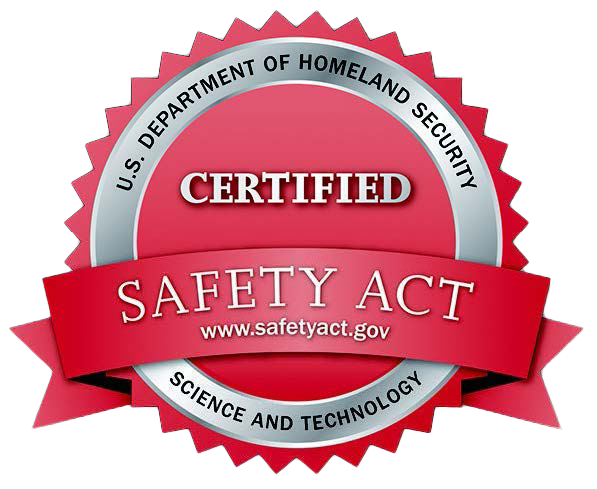Joe Mazzarella, Sr. VP Chief Legal Counsel
It seems like every blogger today publishes a list: 7 Ways to…, 6 Things to Avoid…. Having read several and passed several more by, I am of the firm belief that we’re not going to achieve safer schools by blogging. The only way to affect change is legislatively. As a lawyer, father and businessperson I embrace this path to identifying the best solution possible to our current dilemma of how to keep our students safe and able to achieve optimally in an academic setting.
For this reason, I offer my testimony to legislative bodies as they grapple with this complex and far-reaching problem. For example, in Connecticut, where I live, where my children go to school and where our Mutualink headquarters are located, I offered this testimony to the Higher Education and Employment Advancement Committee of the Connecticut General Assembly in 2016 when they were considering Senate Bill No. 25.
School Safety is a massively complex problem
Any “List of…” is oversimplifying. In hindsight, it’s easy to look at an isolated incident and make up a list of the several things that might have been done differently to yield a better outcome. But incidents come in all shapes and sizes. FEMA doctrine tells us that we should prepare for all hazards – both natural and man-made. If we solve only for Active Shooter and the next disaster is a tornado, we might not have the right solution in place.
A few constants apply to any significant emergency on campus: it will require a multi-agency response, and outcomes will be improved if the time to resolution can be compressed. Not coincidently, these are the areas in which Mutualink focuses our energy. We know that delivering video in real time provides needed information. We know that bridging radio communication in real time makes communication clear and immediate. And we know that saving time means saving lives.
As I mentioned earlier, it’s easy to play Monday morning quarterback, but the recent tragedy in Parkland, FL provides an example in which having real-time video would have saved time in apprehending the shooter, as reported on CNN. Seamlessly bridging radio communications would have saved time by avoidable repetition, including enabling communication between LMR (radios) and LTE (mobile phones). Similarly, had the school been threatened with a tornado rather than an active shooter, streaming video in real time to law enforcement would provide officers with immediate visual confirmation regarding student safety or damage being sustained during the storm.
What school wouldn’t want their students to be safe; let’s give them a hand by petitioning our legislators for better laws. Making your voice heard in those sacred halls is easier and more worthwhile than you think. Don’t leave it to the lawyers. Get involved. Maybe I’ll see you there!





